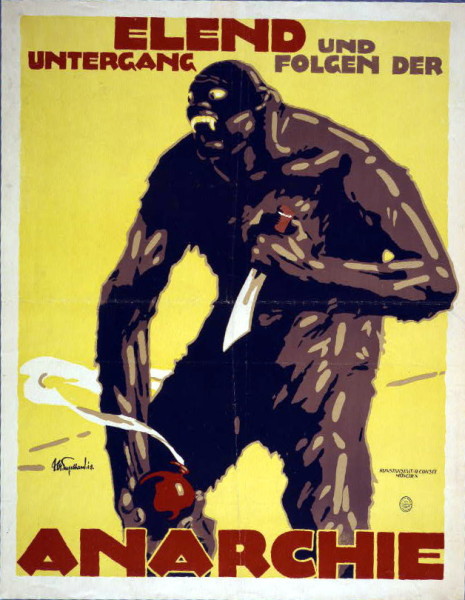Many years ago, my wife and I would take our kids to Saturday matinees. Our daughter, Stephanie, loved them. She’d sit wide-eyed, barely able to see over the seat in front of her and absorb every movie detail. On the drive home, she’d alternate between quoting dialog and asking questions. And so it didn’t surprise me when about ten minutes into a movie, Stephanie leaned over and whispered a question.
“Daddy. Who’s the bad guy?”
The question blew me away. Four years old, I thought, and she already understood the role of an antagonist.
But, how could she? Her only “education” came from books we read to her and movies that she watched. Yet, somehow, she had pieced-together a complicated concept that stories require struggle. She understood the archetypal story: one person wants something; another tries to keep that from happening; and the result is a journey of perseverance.
Just like in our day-to-day lives.
We seek the solutions to problems everyday, but “bad guys” conspire against us. As consumers, we know that we need to make purchases, but obstacles (cost, risk, timing, confusing messages, etc…) constantly inhibit us from pulling the trigger. Antagonism plays a constant role in the relationship between customers and enterprises.
But, if antagonism in business is so universal, why is it typically ignored in messaging? In other words, why must marketing messages be jammed with Pollyanna language such as “easy to use,” “seamless,” “award-winning,” and brimming with “value?” Could the unintended consequences of those word-choices be feeding yet another form of antagonism between customers and enterprises?
Business, as in life, is a struggle. Rather than ignoring the obstacles between our customers and a purchase, what if we embraced them instead?
The next time you sit down to develop a new marketing message, ask yourself, “Who’s the bad guy?”
Photo: Library of Congress
